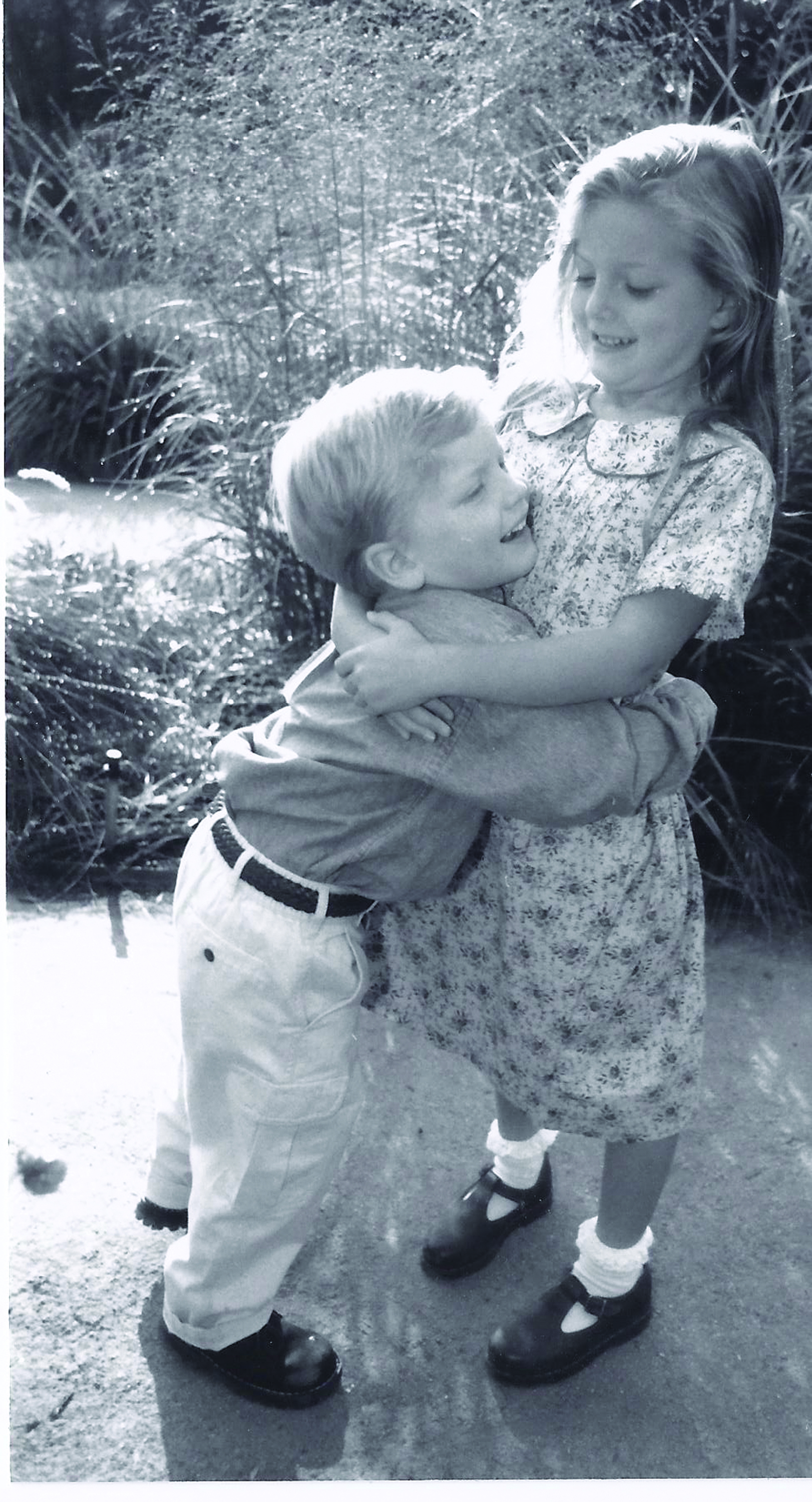
Every year on the girls’ varsity soccer team, the “newbies” get dressed up by the seniors in ridiculous outfits and get makeup plastered on their faces. Freshmen on the baseball team reluctantly wait their turns for the batting cages while the seniors take their time. In softball, the team picks out a time – usually at night – for a secret mission: to TP their coaches’ homes.
Harmless pranks? Traditions? Probably. But peel back the layers on some teams – at Grant High School and beyond – and you’ll likely find that what starts out as innocent fun among teammates can sometimes go too far.
Last month, Grant stumbled into the spotlight after a locker room attack involving the junior varsity boys’ basketball team escalated as two boys fought off their attackers. Four students were suspended, and Grant – draped by constant media coverage that still lingers today – finds itself scrambling to recover as allegations of athletes performing hazing rituals have inundated sports teams.
The coverage has created friction in the Grant community. Accusations of coaches not having a handle on their programs are flying. Some parents told school officials they’d heard of extreme behavior before but never came forward to let administrators in on what they thought was happening. Kids seem content with either spreading rumors they think are true or saying the investigation isn’t really that big a deal.
Some parents heard about incidents of hazing, but failed to come forward. Some didn’t say anything because it didn’t affect their child. Others say they felt if they said something, coaches might bench their kids.
Whatever the case, it set the tone for years of silence about kids mistreating other kids.
So, was the locker room attack just “boys being boys?” Or was it hazing? That depends on who you talk to.
Dr. Ellen deLara, a professor on adolescent behavior at Syracuse University’s School of Social Work, says: “Hazing has been with us forever. Many rites of passage were traditionally for young men to become full-grown. Where this started to go wrong is when children became in charge.”
Talk to some Grant athletes and they’ll defend their teams. But in some sports, there’s an acknowledgement that sometimes things can go wrong, as evidenced by the latest scandal.
One senior football player believes that hazing can happen anywhere.
“That’s really the case on any varsity sport,” he says. “It’s the young kids kind of getting picked on, getting toughened up. Then they wait for their turn when they’re older to toughen up the kids that are younger than them, because you can’t be soft when you’re playing football.”
In such an intense contact sport, the vibe is much rougher. Along with carrying equipment and tying varsity players’ shoes, in football a freshman who is “running their mouth” is more likely to receive a swift punch in the chest.
The senior football player says in football it helps to play with a chip on your shoulder. He recalls being a sophomore and having to quickly adapt to the dog-eat-dog culture. “In the varsity locker room as a sophomore, there’d be kids trying to beat up on you but you have to just stand up for yourself,” he recalls.
He says too much emphasis has been placed on what may or may not have happened in the locker rooms at Grant. He adds that Head Coach Diallo Lewis and his staff made a point at the beginning of the season to tell players no horseplay.
The senior says people should focus on the structure and relationships that he and other players have gotten in football. He was mentored by Grant alumnus Antonio Hayes and says they are still in touch. “Those kinds of relationships form,” Criswell says. “You respect the older kids on your team and they teach you stuff.”
Lewis, who is also a counselor at the school, says the football program will not tolerate any form bullying or hazing. “We need to do a better job at allowing kids to share their concerns in events like this,” he says. “As a school and a community, I would hope that we have learned and that we can move forward from this.”
Experts like deLara say it’s not uncommon for communities that have an incident to react like it’s not really hazing. When does the right of passage go too far? The line between a tradition and hazing is often hard to judge, says DeLara.
“When there’s a hazing incident that happens, many in the community say: ‘It’s a tradition, we’ve always done it, no long term consequences,’” deLara says. “The other half does understand the psychological consequences.”
In a number of girls’ sports at Grant, tradition seems like a fair word to describe what happens in the sports hierarchy. “We go to Sunriver every year and try to scare all the underclassmen, and we all make t-shirts,” says Sandra Seppalainen.
The soccer freshmen also have to carry all the gear, set up nets and usually are on the receiving end of team pranks.
“It’s really cooperative and it’s a really good atmosphere,” says Seppalainen. “There’s no real hostility.”
The culture on softball is similar. Says Carlee Emerson, a junior on the Grant varsity softball team: “The freshman have to pick up the gear and do everything that we don’t want to do.” That includes picking up the dog poop in the outfield before practice.
In light of the recent events, Principal Vivian Orlen, coaches and Grant’s athletic director Jacque Sage have sent out letters to teams and parents.
“We have met with the entire coaching staff to address supervision and harassment policies,” Sage says. “Grant will not tolerate any forms of intimidation, assault or bullying of any kind.”
Debbie Engelstad, Grant’s softball coach, says she sets expectations for her team-members right from the start. “We stress a lot of times that we win and we lose together, everybody plays their part,” she says.
Engelstad – who is also one of the physical education teachers at Grant – says she feels in the loop as far as what goes on with her team because she is at school all the time, and she sees her players throughout the day. “I think we’re on top of it,” she says. “If the kids get out of line with one-another, it’s taken care of immediately.”
A number of parents and others have brought up the question of whether locker rooms at Grant are safe. But pinning that on Grant is misleading. In the girl’s locker room, Seppalainen says, “there’s never been any conflict. It’s always just change as fast as you can and get out on the field.”
This conflict-free atmosphere does not always ring true with male sports.
One football player describes the vibe during his sophomore year as threatening. “It was scary to be in the locker room for some people,” said the athlete, who agreed to speak under the condition his name not be used. He said he didn’t want his comments to hinder the current investigation.
Brian Chatard, one of Grant’s vice principals, says locker room supervision is a challenging task to mandate. With no written rule – until recently – stating that coaches had to remain in the locker room with their players, teams at times were left unsupervised.
To Chatard, since players are young adults, it would present some difficulties if adults were told to watch players while they were changing. Student-athletes are, however, expected to have a coach nearby so they can hear if there is a conflict and arrive promptly in case of an emergency.
Before the January incident, not much was said about locker room conduct.
Orlen says that has officially changed. “Staff members have been instructed to be sure to be a presence in the locker rooms while students are getting ready for events and to not leave until all students are out,” she said. “As we gain more information from the on-going investigation, we will consider any additional needed changes at Grant.”
Athletic director Jacque Sage says: “I would hope that…our athletes have respect and care for one another. We need to get back to Grant pride, and it being an honor to represent Grant. Respecting one another has got to be at the very top.”




